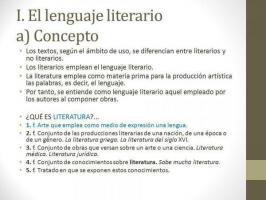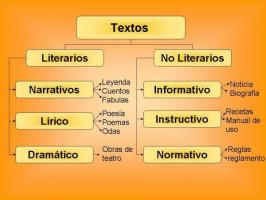Find out what an ENDECASYLLABUS verse is
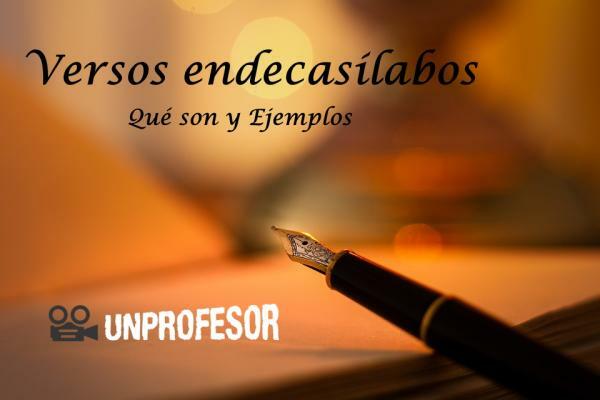
Throughout the history of literature, much has been played with the size of verses in literature. That is why the name of the structure in poems varies according to the number of syllables that we can count in a verse. In the case of hendecasyllables, they are verses with eleven syllables which were introduced in Spain during the Renaissance period by the poet Garcilaso de la Vega.
As it is very important to know how to differentiate a hendecasyllable from another type of structure, in this lesson from a TEACHER we are going to learn what is a hendecasyllable verse to be able to recognize it at the slightest. It will be very useful for you!
Index
- What is a hendecasyllable verse?
- How did the hendecasyllable come to be?
- What do we use the hendecasyllable for?
- Types of hendecasyllables
- Poem with hendecasyllable verses
- Examples of hendecasyllable verses
What is a hendecasyllable verse?
The hendecasyllable verses are those that contain eleven exact syllables.
No more no less. In addition, it must be added that the tenth syllable of these verses has to be, necessarily, tonic. Therefore, it must be accented.At first it may seem complex to identify hendecasyllable verses. But with the passage of time you will see that it is much easier than you think and it will not cost you anything to analyze these types of verses of eleven exact syllables.
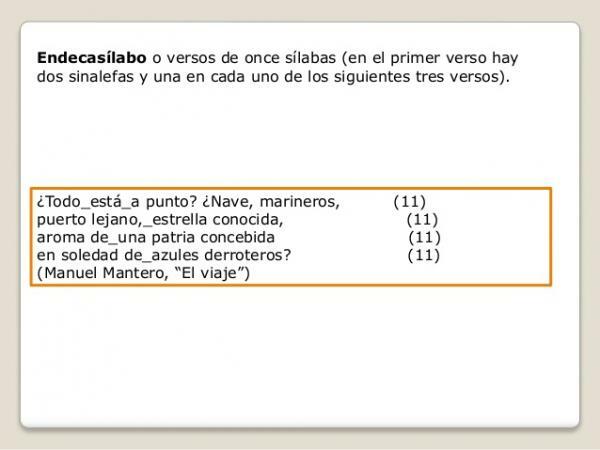
Image: Littera
How did the hendecasyllable come to be?
This eleven syllable verse was introduced to Spain by Garcilaso de la Vega. The poet from Toledo introduced it during the Renaissance period, from Italy to Spain. From there, there were many Spanish poets who decided to follow the poet and use this type of metric in his verses.
The hendecasyllable is a verse that draws attention to its length, but it has been used so much that many poets have made hendecasyllable verses impossible to measure up. However, using the hendecasyllable so frequently made the hendecasyllable lose its freshness.
Two of the most famous poets in the History of Literature made great use of the hendecasyllable. These are Góngora and Quevedo. They used this structure to carry out a poetic and literary battle that they fought for a time, dedicating poems to each other in a mocking way.
What do we use the hendecasyllable for.
But, what do we use the hendecasyllable verses for? It is often used for give a poem a very pronounced rhythmic structure and thus avoid boring the reader. Being composed of eleven syllables, the author of the poem has a greater margin to make different compositions and play with where the stressed syllables fall. Thus, if you want, you can speed up or slow down the reading of the poem. The result provided by the hendecasyllable is unmatched.
Likewise, the eleven-syllable verse, the hendecasyllable, is quite easy to remember, so it is also often used for oral literature, that is, to memorize those poems that must be recited aloud in a theater, for example.
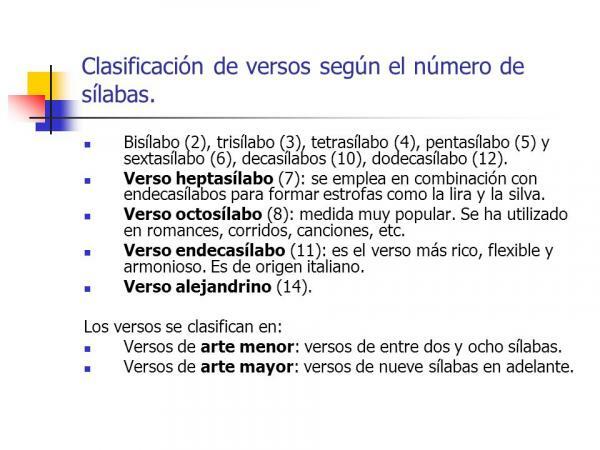
Image: SlidePlayer
Types of hendecasyllables.
Within the hendecasyllables we can find many types. The only common characteristic between all of them is that the tenth syllable must be a tonic. The rest of the syllables can vary depending on what the poet is looking for. Let's see the most important types of hendecasyllables:
- Emphatic: voice punch in syllables 1, 6 and 10. Example of Garcilaso de la Vega: Ivy that you walk through the trees
- Heroic: voice punch in syllables 2, 6 and 10. Example of Jorge Guillén: My being is my accumulated living
- Melodic: voice punch in syllables 3, 6 and 10. Bécquer example: The dark swallows will return
- Sapphic: voice punch in syllables 4, 8 and 10: Example of Góngora: that the carnations that the dawn broke
- Dactylic: voice punch in syllables 4, 7 and 10. Example of José Hierro: for the pain that holds us captive
It should be noted that these are the most common examples within the types of hendecasyllables, but that we can also find certain variations in terms of the punch of voice. In this way, each of the aforementioned types of hendecasyllables have a pure form, which is what we have seen, and other different forms of lesser use, but not less important.
Poem with hendecasyllable verses.
Throughout the history of literature, many authors have decided to incorporate the hendecasyllable into their work. For this, the poets have created sonnets, a structure that is marked by the eleven syllable verse, composed of two quarters and two triplets, that is, two stanzas with four verses each and another two stanzas with three verses each. All, of course, are hendecasyllables.
Sonnet by Federico García Lorca, I want to cry my grief and I tell you ...
I want to cry my grief and I tell you
so that you love me and cry for me
in a night of nightingales,
with a dagger, with kisses and with you.
I want to kill the only witness
for the murder of my flowers
and turn my tears and my sweats
in an eternal heap of hard wheat.
May the skein never end
I love you, you love me, always on fire
with decrepit sun and old moon.
What you don't give me and I don't ask you
It will be for death, which does not leave
nor shadow for the shuddering flesh.
In this case, we can verify that the verses of this poem by the Granada poet are eleven syllables and, therefore, hendecasyllables.

Examples of hendecasyllable verses.
Next we are going to know some examples of hendecasyllable verses that we have been able to read throughout history:
- What do I have that my friendship seeks? Lope de Vega
- You kiss as if you were going to eat me, by Blas de Otero
- I am that woman who lives alert, by Alfonsina Storni
- You will never understand what I love you, by Federico García Lorca
- I'm leaving and I take your promise, by Antonio Gala
- I don't know if you are death or you are life, by Dámaso Alonso
- I will manufacture in my shadow, the dawn, by Juan Ramón Jiménez
- Sweet Dreaming and Sweet Congojarme, by Juan Boscán
- Faint, dare, be furious, by Lope de Vega
- Close my eyes the last one, by Francisco de Quevedo
- I'm awake? Tell me. What do you know, by José García Nieto
- Oh legs like two celestial rivers, by Rafael Alberti
- The sea, full of male urgencies, by Leopoldo Lugones
If you liked this lesson, do not forget to consult the section on History of Literature from UNPROFESOR.com. In addition, you can leave your questions and comments whenever you want.
If you want to read more articles similar to What is a hendecasyllable verse? Definition and examples, we recommend that you enter our category of Literary concepts.
Bibliography
- DOMÍNGUEZ CAPARRÓS, José (2006) Spanish Metric. Editorial Synthesis, Madrid
- QUILIS, Antonio (1975) Metrica Española, third edition. Aula Magna Collection. Alcalá editions

